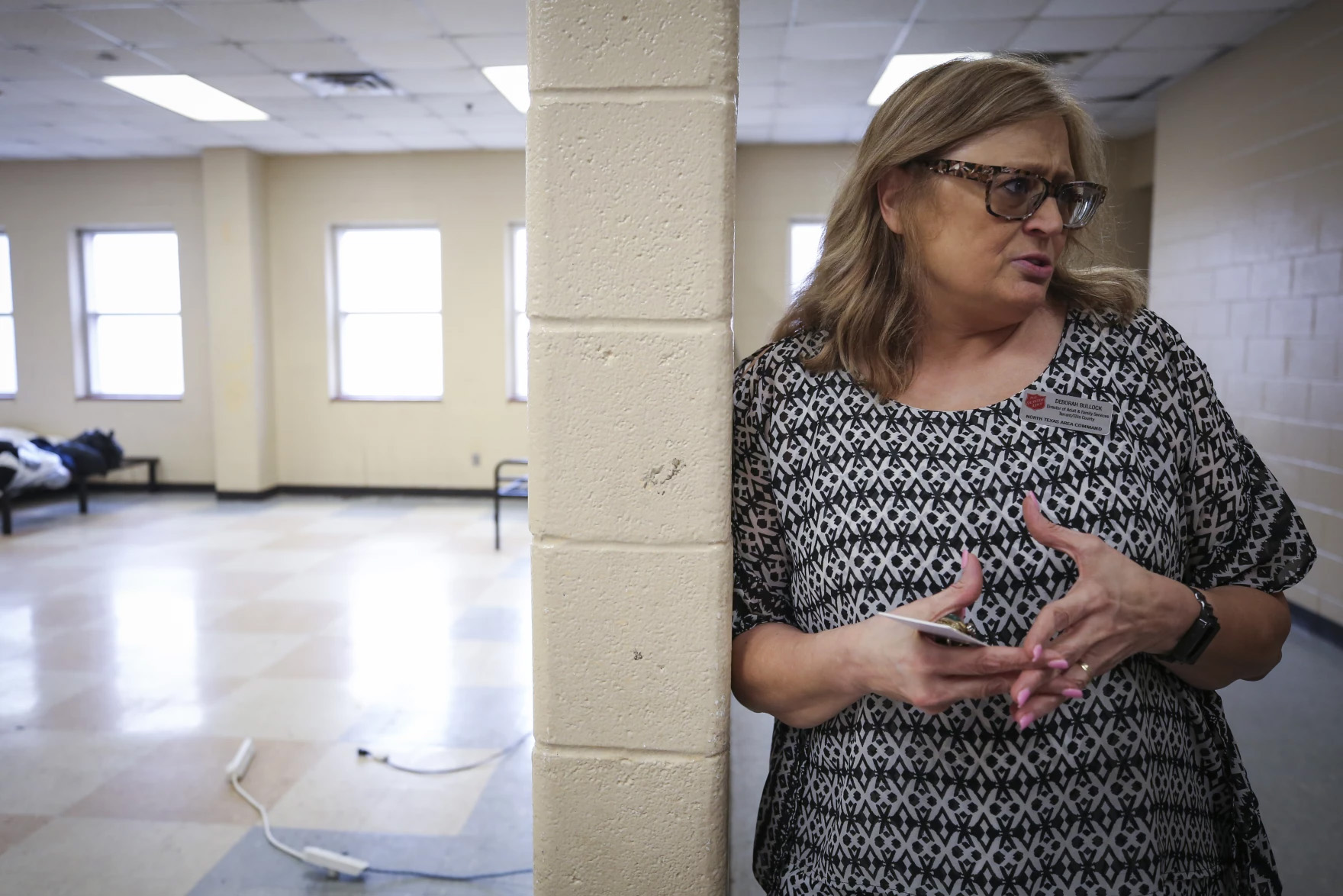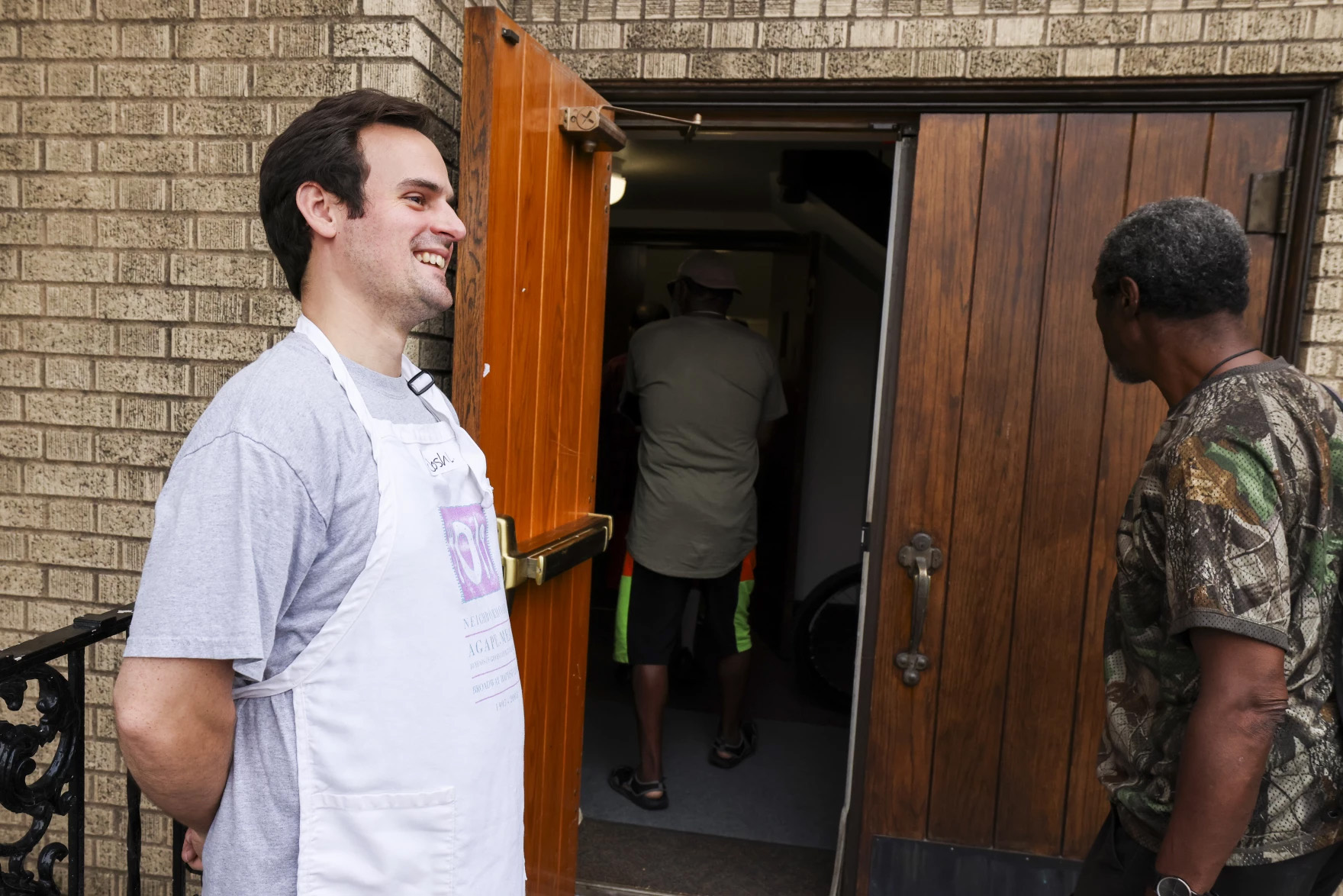From KERA News:
On a slightly overcast Thursday evening, Melaina Carnell waits in line, a stroller by her side, with a dozen other people in front of Broadway Baptist Church on Fort Worth’s south side.
In the stroller is her child, 4-month-old Noah.
Carnell and her partner, Jeremy Brooks, have been living in a motel for about two years, paying about $280 a week. But bad credit, phone bills and low income have prevented them from moving into a permanent space like a house or an apartment.
Their situation mirrors a growing trend for many families across Tarrant County.
“It’s been stressful, but we’re getting through it,” Carnell said.
A few minutes later, Carnell, Brooks and Noah enter Broadway Baptist Church to partake in the Agape Meal service, which has been taking place every week for the past 28 years. They take their seats, and the church’s youth group serves them a meal of meat and mashed potatoes. Noah starts crying amid the chatter of the hall.


















